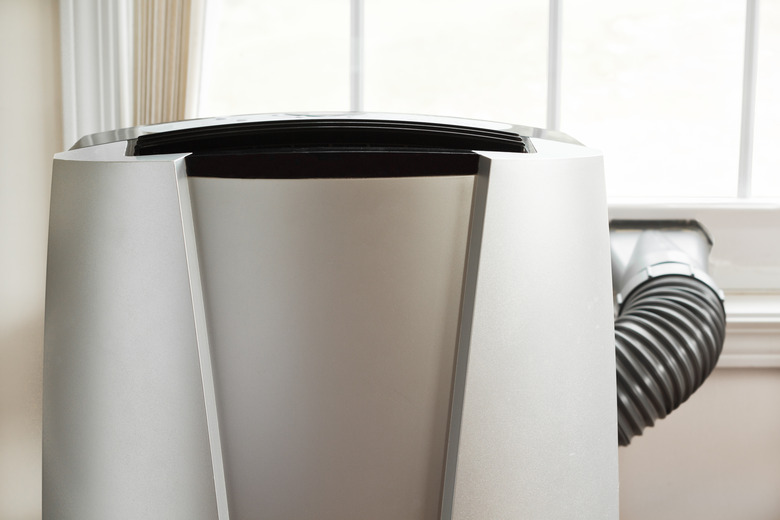Difference Between Automatic Air Conditioning Vs. Manual
We may receive a commission on purchases made from links.
A manual air conditioner gives you more control as you can turn it on and off whenever you desire. You don't have to wait for it to "kick in" because manual air conditioners aren't thermostatically controlled. However, if you want to "set it and forget it," you need an automatic air conditioner. These turn on and off based on the temperature setting you select for your home, business, or vehicle.
Automatic Air Conditioner
Automatic Air Conditioner
An automatic air conditioner allows you to set a desired temperature. These units work in conjunction with a built-in thermostat, which detects and monitors the current temperature. It then signals the air conditioner system to keep pumping out cool air until the desired temperature setting is reached.
For example, if you set the thermostat on the air conditioner to 70 degrees Fahrenheit, the air conditioner will stay on until the thermostat registers the room has reached this temperature. At that point, the thermostat will direct the air conditioner fans and motor to shut off. Once the room temperature exceeds 70 degrees, the unit will automatically turn back on to start cooling again.
Manual Air Conditioner
Manual Air Conditioner
Manual air conditioners have knobs and dials that allow the user to determine the amount of airflow the unit will generate. The settings are typically low, medium, and high. Instead of coming on automatically, the user must turn on the air conditioner, then select the amount of airflow desired. When the room reaches the optimum cooling level, the operator turns off the air conditioner and has to turn it back on again when the room gets too warm. It give you more control over when the unit runs, but it's also less convenient since you have to turn it on and off manually.
Similarities Between Manual and Automatic
Similarities Between Manual and Automatic
Manual and automatic air conditioners are used to cool homes, businesses, and vehicles. Manual and automatic systems primarily cool one room or zone in a home or building, or for a small space, such as a vehicle. These units don't require a "whole home" HVAC ductwork system to operate. Only central air conditioning systems require duct work.
Manual-style units used in homes include window air conditioners, portable air conditioners, ductless mini-split systems, and packaged terminal air conditioner (PTAC) units, typically seen inside hotel rooms and commercial buildings. Both types of systems use a refrigerant, such as Freon, to disperse cool air into rooms and vehicles.
Differences Between Manual and Automatic
Differences Between Manual and Automatic
A manual system requires the human touch. You have to turn it on, turn it off, and select the airflow speed (low, medium, or high) for the fans and motor while it's running. An automatic system will come on and turn off by itself when the thermostat detects the room needs cool air. However, there is also an on-demand option with an automatic system that bypasses the thermostat and turns the unit on or off at any time.
Automatic systems are more akin to a central air conditioning system than a manual system because they use a thermostat. You can also select a model with a programmable thermostat, which allows you to set the system to cool at different temperatures and set cooling variables for different times, such as daytime, nighttime, and weekends.
